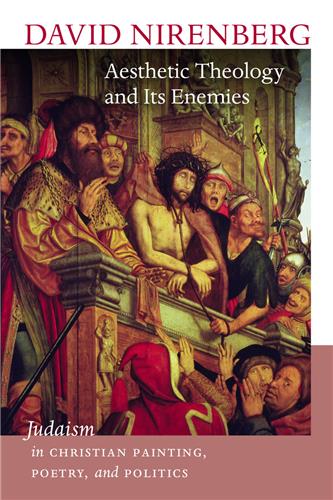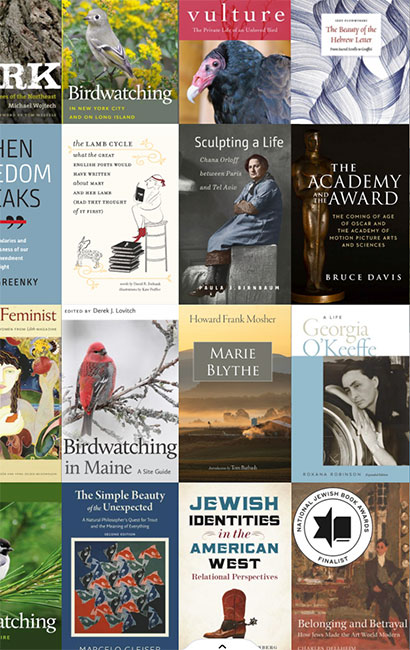The book will be a delight to teach with, and to pique students' curiosity, because Nirenberg's emphasis is on provocative and succinct argument. It is also a book which puts medieval ways of seeing and reading at the centre of a long history of Christianity and, in doing so, demonstrates the importance of a subtle and supple understanding of medieval history for our understanding of post-medieval culture.





